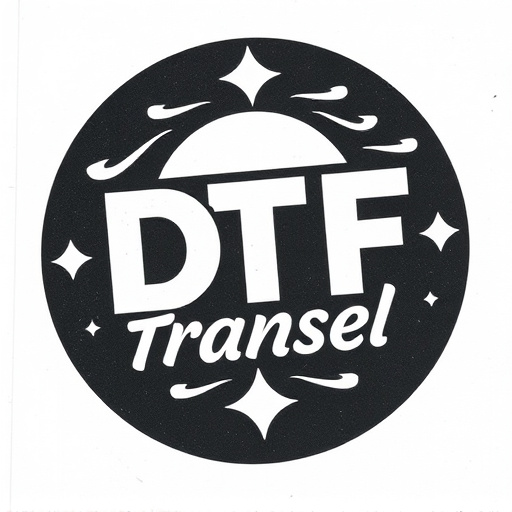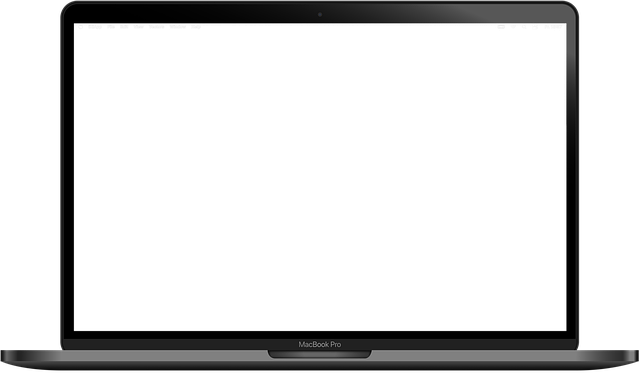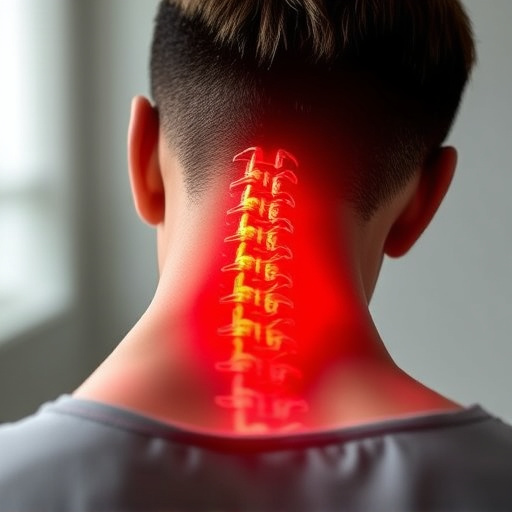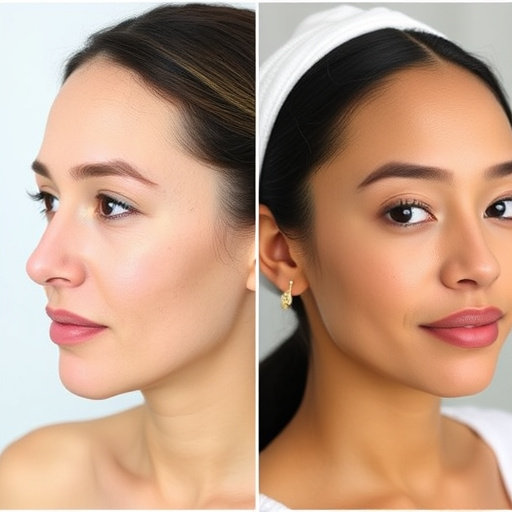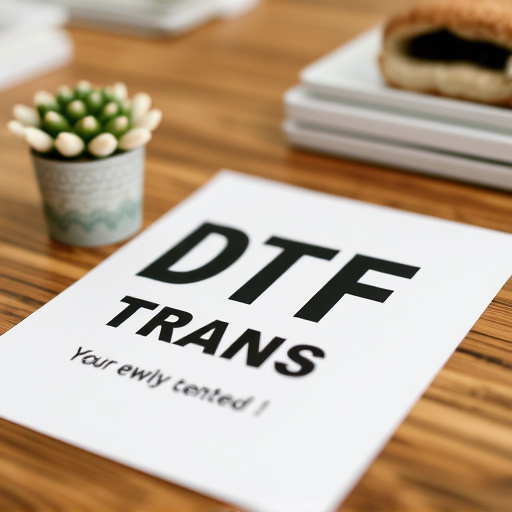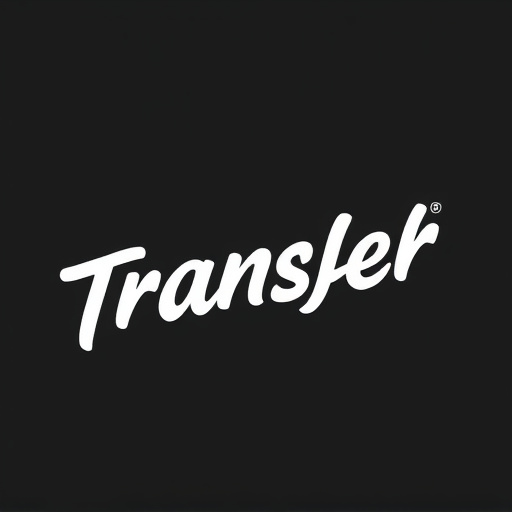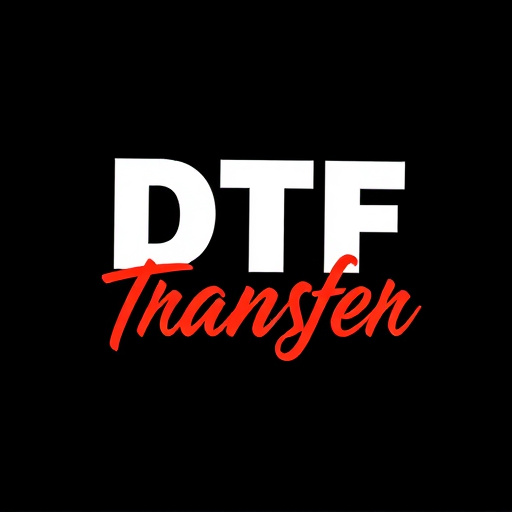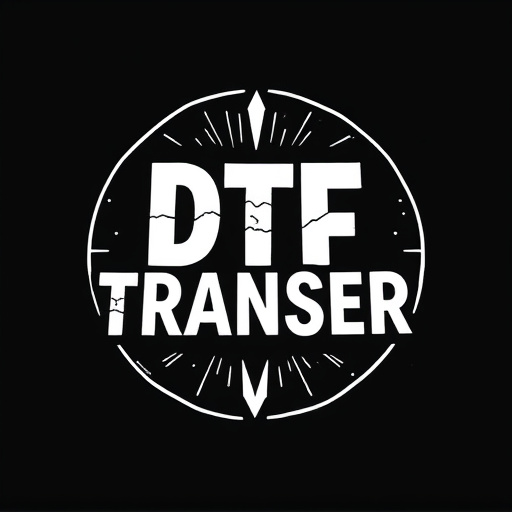Direct-to-Film (DTF) Transfer and Printing is a cutting-edge technology for precise, high-quality design application on various surfaces. By optimising pre-arranged designs for fabric types, DTF offers faster production, reduced waste, and consistent results. This method involves digitising designs, transferring them to printing plates, and applying ink via screens or stencils, resulting in vibrant, long-lasting prints. Choosing the right materials like high-quality papers ensures optimal DTF transfer performance. Best practices include designing at 300dpi or higher in vector format, ensuring proper file preparation, and selecting suitable fabric types for exceptional DTF prints.
“Unleash your creativity with the power of DTF (Direct to Fabric) printing! This innovative technique allows designers and printers to submit pre-arranged designs, streamlining the process and ensuring precise, high-quality prints on various fabrics.
In this comprehensive guide, we’ll explore the benefits of pre-submitted designs, from enhancing productivity to achieving vibrant DTF prints. From understanding the DTF transfer process to choosing the right materials, get ready to master the art of DTF Printing.”
- Understanding DTF Transfer and Printing: A Brief Overview
- Benefits of Submitting Pre-Arranged Designs for DTF Printing
- Preparing Your Designs for a Seamless DTF Transfer Process
- The DTF Printing Process: From Design to Final Print
- Choosing the Right Materials for Optimal DTF Prints
- Best Practices and Tips for High-Quality DTF Transfers
Understanding DTF Transfer and Printing: A Brief Overview
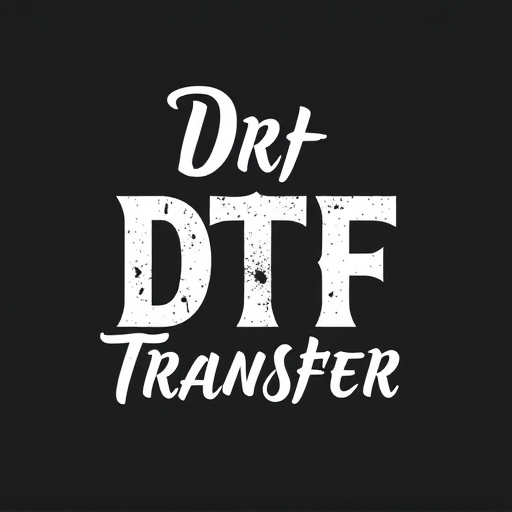
Understanding DTF (Direct-to-Film) Transfer and Printing involves grasping a cutting-edge technology that revolutionizes the way designs are brought to life on various materials. This process eliminates the need for traditional printing methods, enabling direct application of ink onto a film, which is then transferred to surfaces like ceramics, glass, or wood. DTF offers unparalleled precision and detail, making it ideal for creating intricate patterns and graphics.
By submitting pre-arranged designs for DTF printing, users can streamline the creation process. These designs are carefully prepared and optimized for the specific transfer method, ensuring high-quality prints. This approach allows for faster production times, reduced wastage, and consistent results, making it a popular choice among professionals and enthusiasts alike who seek efficient and precise decoration or personalization options for their projects.
Benefits of Submitting Pre-Arranged Designs for DTF Printing
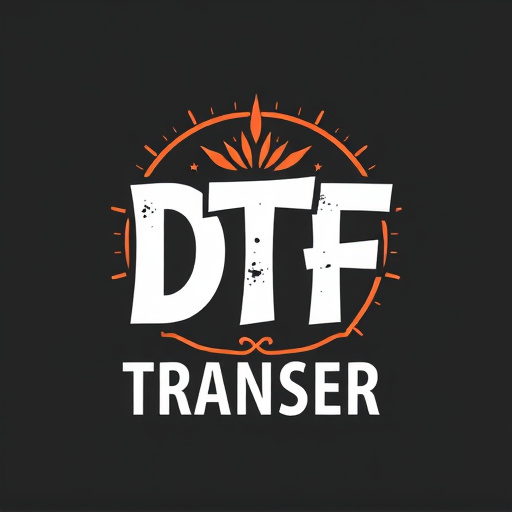
Submitting pre-arranged designs for Direct to Fabric (DTF) printing offers a multitude of benefits that streamline the production process and enhance final prints. By preparing your designs in advance, you eliminate the need for time-consuming layout adjustments during each project, ensuring faster turnaround times. This precision allows for consistent and high-quality DTF transfers, resulting in vibrant, detailed prints on various fabric types.
Additionally, pre-arranged designs facilitate better control over the printing process. You can specify exact placement, scaling, and positioning of your artwork, ensuring that your vision aligns perfectly with the final product. This meticulous approach not only saves time but also reduces potential errors, leading to happier customers and a more efficient workflow for you.
Preparing Your Designs for a Seamless DTF Transfer Process
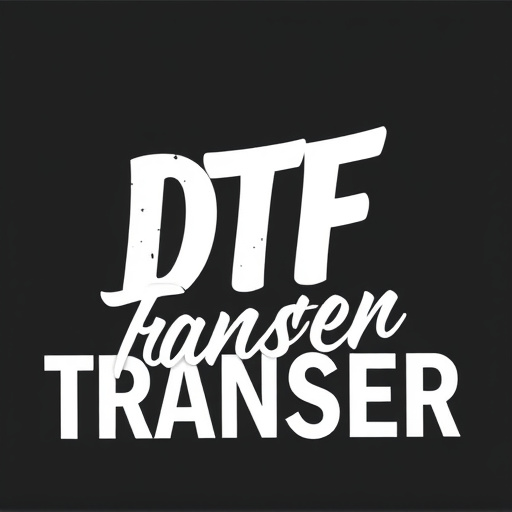
Preparing your designs for a seamless DTF (Direct to Fabric) transfer process is a crucial step in achieving high-quality prints on various materials. Start by ensuring your design files are in the correct format, typically PNG or JPEG, with a resolution of at least 300 DPI (dots per inch). This ensures sharp and crisp details when printed.
Eliminate any unnecessary elements or background colors that won’t be part of the final print. DTF printing requires precise cutting and placement of designs, so a clean and simple design minimizes potential mistakes and allows for a smoother transfer process. Additionally, consider the material you plan to print on; different fabrics may have varying absorption rates and textures, which can affect ink adhesion. Adjusting your design settings accordingly will result in more vibrant and long-lasting DTF prints.
The DTF Printing Process: From Design to Final Print
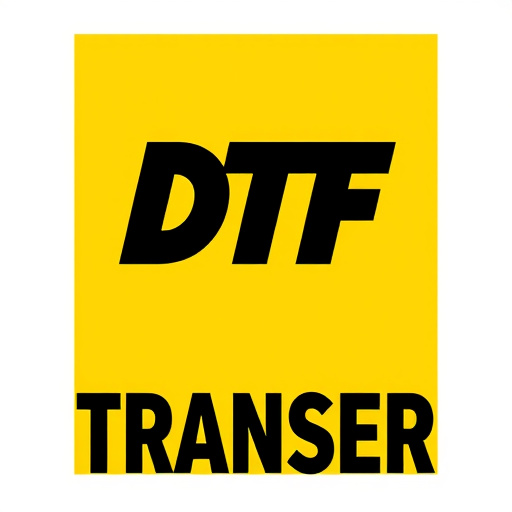
The DTF (Direct to Fabric) printing process involves a meticulous journey from design to final print. It begins with the creation or selection of a design that is then digitally prepared for printing. This preparation includes ensuring the design is optimized for the specific fabric type and the desired print quality. Once ready, the design is transferred onto a printing plate using specialized software, converting it into a format suitable for the DTF transfer process.
During the actual printing, ink is precisely deposited onto the fabric through a screen or stencil, replicating the design with remarkable accuracy. The ink is then cured using heat or UV light, fixing the design permanently onto the fabric surface. This method allows for complex and vibrant prints, making it popular among artists, designers, and businesses looking to create unique and high-quality DTF prints.
Choosing the Right Materials for Optimal DTF Prints
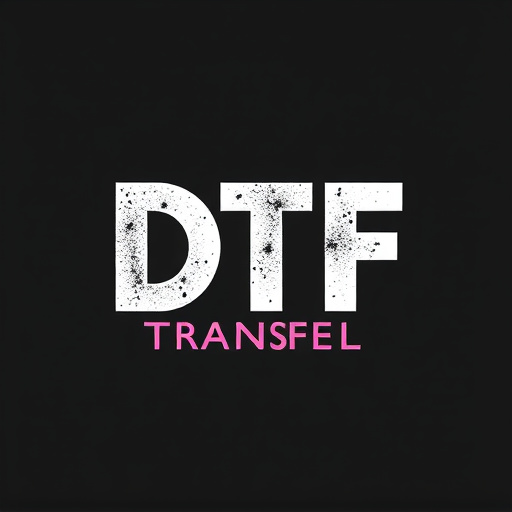
When preparing designs for DTF (Direct to Fabric) printing, selecting the appropriate materials is paramount to achieving optimal results. The right choice ensures vibrant and long-lasting DTF prints that truly pop on various fabrics. Consider using high-quality, pliable, and ink-compatible materials designed specifically for DTF transfer. Avoid rigid or thick papers as they might cause ink smudging or inaccurate transfers. Opt for smooth, even surfaces to facilitate smooth ink flow during the printing process.
Different types of fabrics also require material adjustments. For instance, lighter fabrics like cotton may demand a slightly thinner paper for better ink absorption, while heavier materials like canvas could benefit from a more robust, yet still flexible, substrate to prevent warping or smudging. Testing on scrap fabric before finalizing your design can help you refine the material choice for the best DTF transfer and print quality.
Best Practices and Tips for High-Quality DTF Transfers
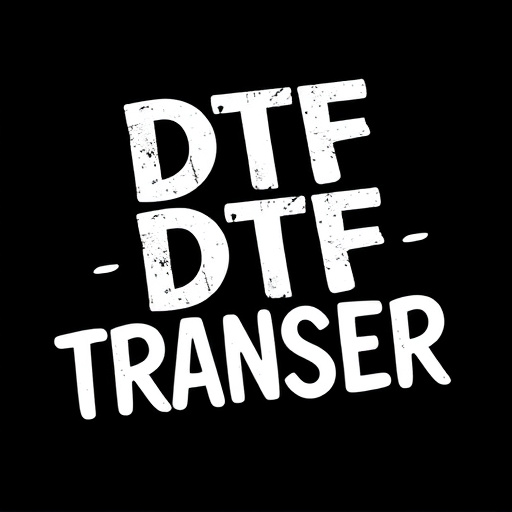
When submitting pre-arranged designs for DTF (Direct to Fabric) printing, adhering to best practices ensures high-quality transfers that pop on your fabric. First, ensure your design files are in optimal format—high resolution (300 dpi or higher), vector-based (AI or EPS), and with proper color modes (CMYK for print). Clean up any image artifacts, remove unnecessary elements, and double-check for bleed if needed.
Before sending your designs, proofread the layout carefully. Verify that all design elements are correctly positioned, aligned, and sized for printing. Consider using transparent overprints or spot colors to achieve intricate details and precise color matching. Lastly, choose the appropriate fabric type and finish for your DTF print project; different fabrics absorb ink differently, so this choice directly impacts final results.
